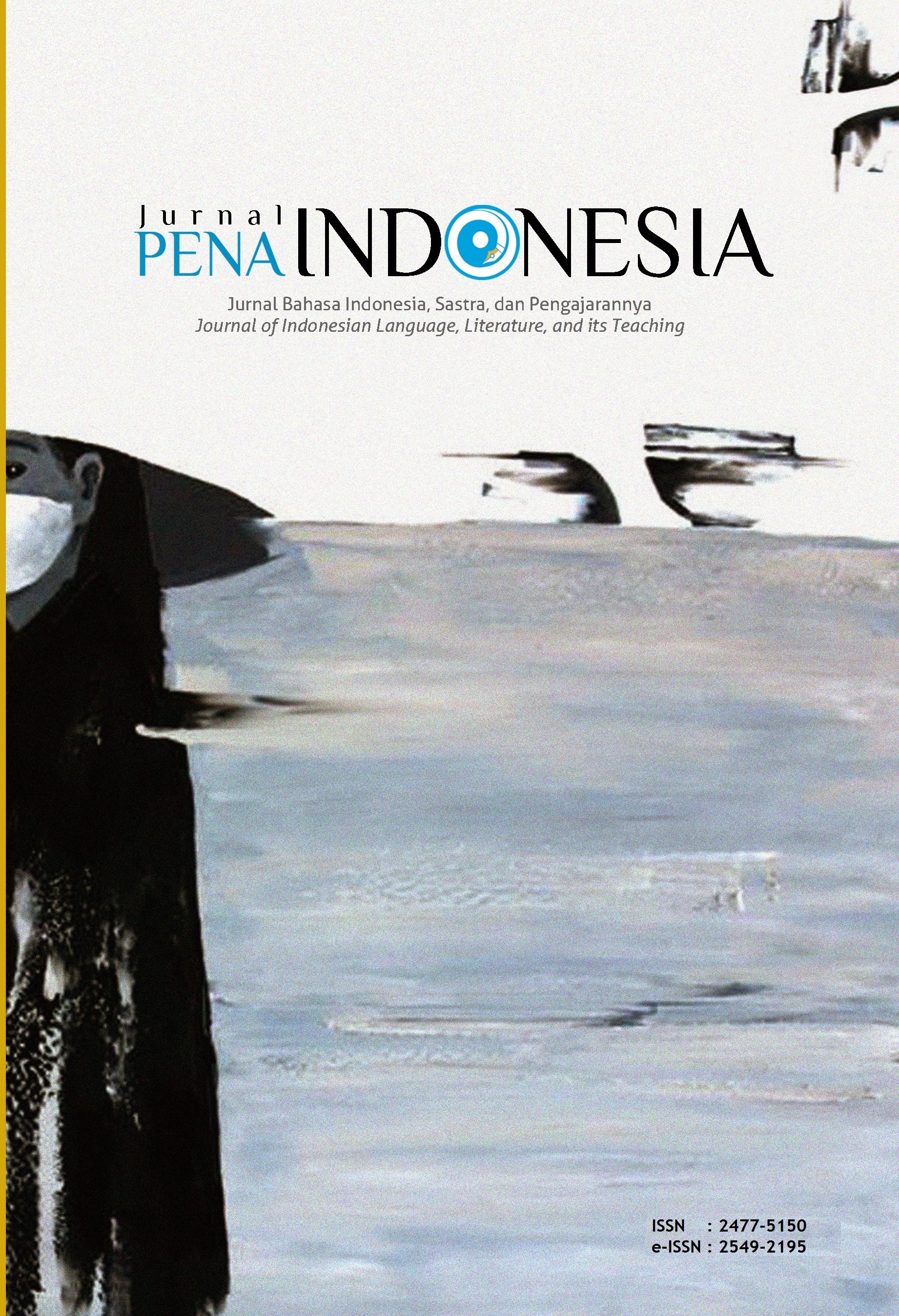Upaya Meningkatkan Kemampuan Berbicara Anak Autisme Ringan di PL PDBK Semarang Dengan Media Smart Hippo Talk Efforts to Improve the Speaking Ability of Children with Mild Autism at the Semarang PDBK PL Using Smart Hippo Talk Media
Main Article Content
Abstract
This research discusses about the use of Smart Hippo Talk as a speech theraphy medium to enhance the speaking skills of children with mild autism at PL PDBK Semarang. The research is using qualitative descriptive method with data obtained through observation, interviews, and documentation. The assessment of speaking abilities was based on the SCERTS model, which focuses on social communication, emotional regulation, and transactional support. The results indicated an improvement in both verbal and nonverbal communication after the use of Smart Hippo Talk. Participants showed increased eye contact, the ability to follow instructions, and began producing simple words and babbling. Additionally, the tool provided practical benefits for therapists by reducing the repetition of instructions through recorded voice features. These findings suggest that Smart Hippo Talk is a beneficial innovation to support speech therapy for children with mild autism.
Article Details
References
Amanullah, A. S. R. (2022). Mengenal Anak Berkebutuhan Khusus: Tuna Grahita,Down Syndrom dan Autisme. Jurnal Almurtaja: Jurnal Pendidikan Islam Anak Usia Dini, 1(1), 1–14.
Darmayanti, N., Sidiq, I. I., & Amalia, R. M. (2022). Pelatihan Peningkatan Kemampuan Terapi Wicara bagi Guru-guru Sekolah Khusus Bintang Harapan Kota Bandung. Jurnal Pengabdian Pada Masyarakat, 7(1), 97–103. https://doi.org/10.30653/002.202271.36
Hesti, S., Mappapoleonro, A. M., & Chairunnisa. (2019). Upaya Meningkatkan Keterampilan Berbicara melalui Metode Mendongeng. Prosiding Seminar Nasional Pendidikan STKIP Kusuma Negara, 1–7.
Masitoh. (2019). Gangguan Bahasa dalam Perkembangan Bicara Anak. Edukasi Lingua Sastra, 17(1), 40–54. https://doi.org/https://doi.org/10.47637/elsa.v17i1.105
Natsir, N. (2017). Hubungan Psikolinguistik dalam Pemerolehan dan Pembelajaran Bahasa. Jurnal Retorika, 10(1), 20–29. https://core.ac.uk/download/pdf/201738637.pdf
Prizant, B. M., Laurent, A., & Wetherby, A. (2016). Social Communication, Emotional Regulation, and Transactional Support (SCERTS). Infants and Young Children, 16(4), 296–316. https://doi.org/10.1007/978-1-4614-5301-7-6
Putri, R. N. I., & Istiyanto, S. B. (2019). Penerapan Komunikasi Terapeutik pada Anak Penyandang Down Syndrome melalui Pelayanan Terapi Wicara di RSUD Prof. Dr. Margono Soekarjo Purwokerto. Jurnal Dakwah Risalah, 30(1), 35–46. https://doi.org/10.24014/jdr.v30i1.6999
Rachman, R. (2019). Penerapan Sistem Pakar untuk Diagnosa Autis dengan Metode Forward Chaining. Jurnal Informatika, 6(2), 218–225. http://ejournal.bsi.ac.id/ejurnal/index.php/ji
Sari, L. N. I. (2024). Bina Diri dalam Meningkatkan Kemandirian melalui Toilet Training pada Anak Autis di Sekolah Luar Biasa (SLB) Pelita Kasih Sukabumi Bandar Lampung [Skripsi]. Universitas Islam Negeri Raden Intan Lampung.
Setiawan, V., Abdullah, A., & Adamy, A. (2019). Hubungan Literasi Kesehatan Ibu dengan Prestasi Belajar Anak Autis di Sekolah Luar Biasa Kota Banda Aceh. Jurnal Kesehatan Cehadum, 1(2), 16–24. https://doi.org/https://doi.org/10.35324/jkc.v1i2.14
Silitonga, T., Purba, Y., Munthe, H., & Herlina, E. S. (2023). Karakteristik Anak Berkebutuhan Khusus. Pediaqu: Jurnal Pendidikan Sosial Dan Humaniora, 2(3), 11155–11179. https://publisherqu.com/index.php/pediaqu
Sugiyono. (2019). Metode Penelitian Kuantitatif, Kualitatif dan R & D (1st ed.). ALFABETA.

